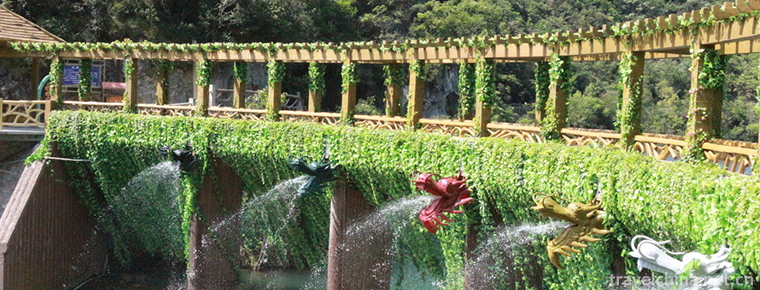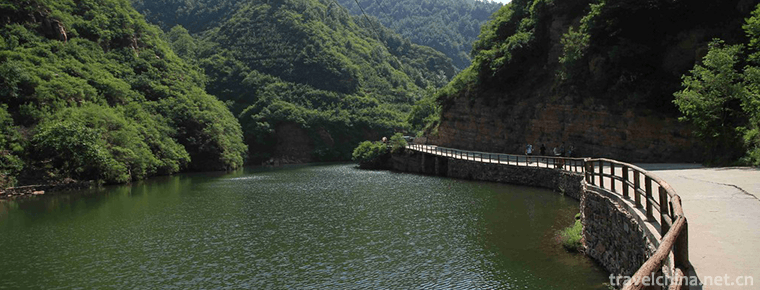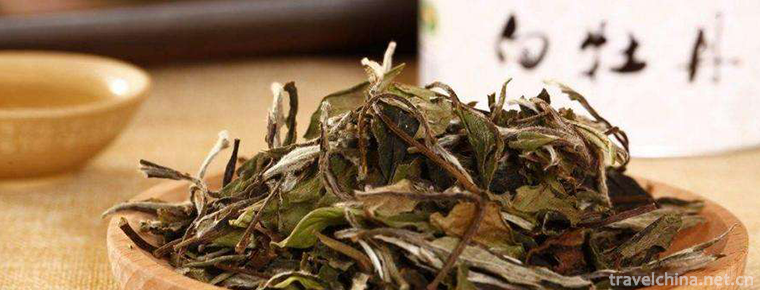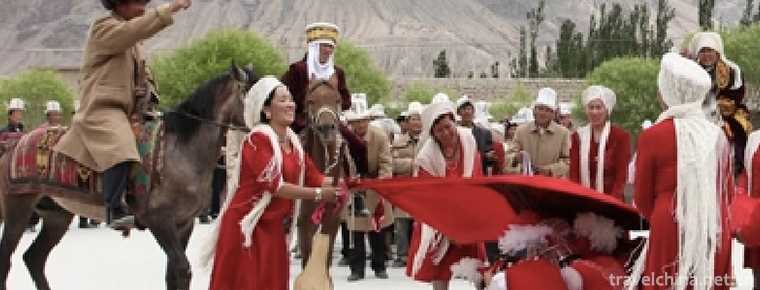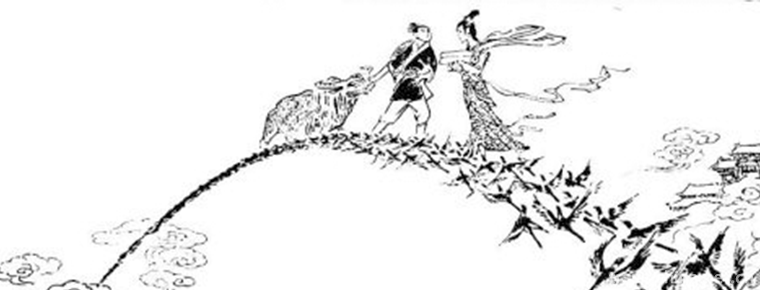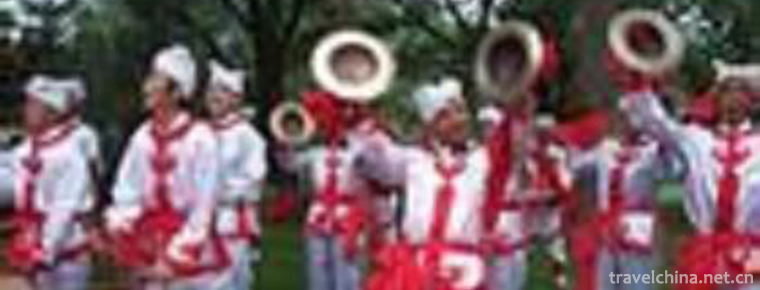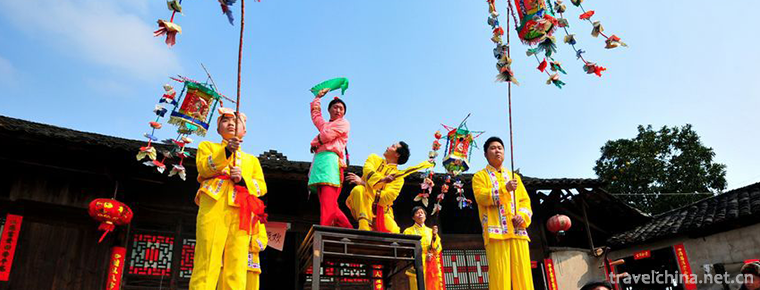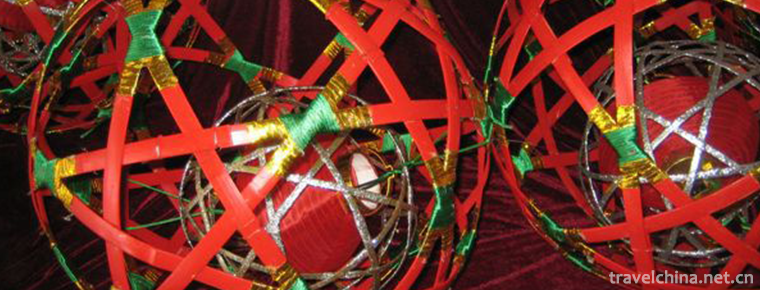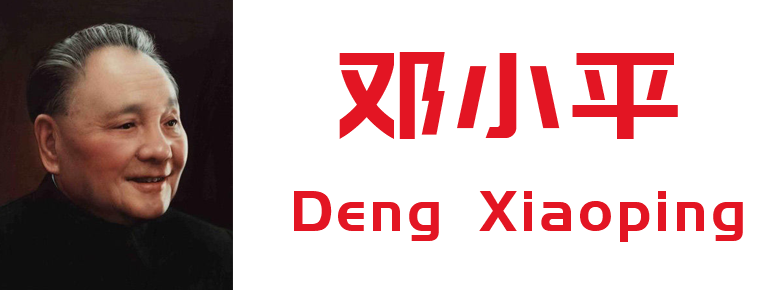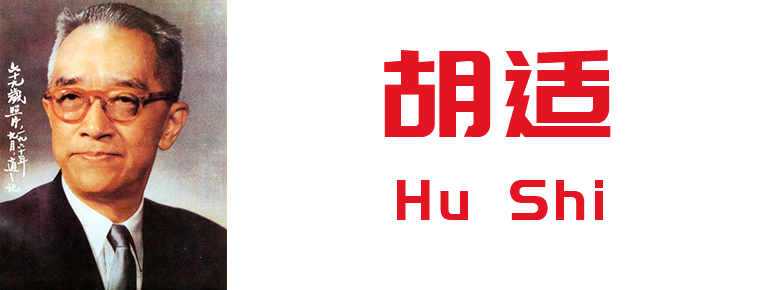Silk weaving skills in Suzhou
Silk weaving skills in Suzhou
Suzhou silk weaving technology, Suzhou local traditional handicraft, Jiangsu Province, one of the national intangible cultural heritage.
Tilting, also known as carving, is an ancient and unique traditional weaving process in China. It mainly exists in Suzhou and its surrounding areas. Since the Southern Song Dynasty, Suzhou silk has been famous all over China and has become a major producer. In the Ming and Qing Dynasties, the silk industry in Suzhou was still flourishing.
On May 20, 2006, Suzhou silk weaving technology was approved by the State Council and listed in the first batch of national intangible cultural heritage list.
historical origin
From the lace fragments of Han Dynasty "woolen fabrics of mixed style" unearthed in Guloulan, Xinjiang, and the silk stone fragments of Han Dynasty unearthed in the People's Republic of Mongolia before liberation, both of them are plain interwoven fabrics of single warp through warp and weft breakage. The former is made of wool silk, and the latter is made of pure silk, which can be called silk. They had the same weaving method as before Song Dynasty, which proved that the weaving method of opening warp and breaking weft had already existed between Han and Wei Dynasty in China, and their weaving skills had reached a fairly complete level.
The origin of silk was about the 7th century A.D., and it gradually matured from the Han Dynasty to the Sui and Tang Dynasties. Since the Sui and Tang Dynasties, silk products have been used as the head of calligraphy and painting. In the Northern and Southern Song Dynasties, silk was the most famous. Whether wrapping head, mounting or silk work of art landscapes, flowers and birds, figures, etc., silk reeling skills have reached a considerable level. Southern Song Dynasty Zhu Kerou Tisi's Picture of Lactating Duck in Liantang (now hidden in Shanghai Museum) shows blue waves, green reeds, red egrets, green ducklings and ducks swimming in the pond, white lotus blooming in the water, duckweeds dotted with dragonflies and grass worms. The whole work is rigorous in composition, harmonious in color and lively. There are also Shen Zibo's Mei Que and Qingbi Landscape (now hidden in Beijing Palace Museum). These works have a unique artistic style, which is exquisite in workmanship and charm.
After Jingkang, because of the weakness and incompetence of the ruling class in the Song Dynasty, the capital of Linan (now Hangzhou) was moved to the north. At that time, the political, economic and cultural centers moved from the north to the south. Many skilled craftsmen were also brought to the south. In this period, Tisi became popular and developed in Songjiang and Suzhou areas, and was basically concentrated in the land tombs and Li in Suzhou. Kou, Guangfu area. Shen Zibo and Wu Yu were famous craftsmen in Suzhou (Wujun) during this period.
By the Song Dynasty, it had occupied a prominent position in the history of weaving in China. At that time, "Dingzhou in Hebei Province was the best system" and "Xuanhe was the most prosperous system".
During the Southern Song Dynasty, silk reeling production in Suzhou also had a certain scale.
In the Yuan Dynasty, silk artworks had turned to daily necessities. Its characteristics were that silk was the first to use golden colors, and was widely used in Temple articles and official clothes. The golden colours of the Yuan Dynasty had great influence on the Ming and Qing Dynasties.
Since the Ming Dynasty, silk reeling techniques have been widely spread in Likou, Lumu, Huangqiao, Guangfu, Dongzhu and other places in and around Suzhou, becoming one of the most representative forms of silk weaving art in this area. In Ming Dynasty, Suzhou's silk weaving skills were more exquisite. It was famous for its imperial silk dragon robes and open-phase fabrics in silk painting and calligraphy. By the Ming Dynasty, the art of silk reeling had further developed. Except for the imperial silk reeling artists in the Ming Palace, Suzhou silk reeling had a considerable scale and formed its own style. At that time, there were a number of artists engaged in silk weaving in Lutomb Town outside Qimen, Suzhou. Zhu Liangdongti's "Yao Chi Xianshou Picture" (hidden in the Beijing Palace Museum) has a clear outline and is particularly outstanding. Therefore, the Ming Dynasty silk is most famous in Suzhou. In Ming Dynasty, except for Beijing and Suzhou, no silk was found in other areas.
By the Qing Dynasty, there appeared a new skill of combination of Ti and Painting.
In the 1960s, starting from the reproduction of silk names in the Southern Song Dynasty, artists restored the silk weaving skills that had been endangered before the founding of the People's Republic of China.
By the 1970s and 1980s, five silk reeling factories had been established in Suzhou, and silk weaving techniques had been developed.
Technological characteristics
The silk weaving technique mainly uses the ancient wooden machine and some bamboo shuttles and dials, through "through warp and weft breaking", the colorful silk threads are woven into a fabric with rich color and complete color order. This kind of fabric has the characteristics of pattern without distinction between positive and negative. In the pattern outline, color order transformation and other places, the fabric surface like a knife scratched, showing a small void or broken marks, "the view through the void, such as the image of carving", hence the name "Tie (engraved) silk".
The process of silk reeling is divided into more than ten processes, such as warp insertion, drawing, weft weaving and finishing. The basic techniques of weft weaving include hooking, grabbing, winding, knotting, tipping and shuttles of length and length. There are also many special techniques, such as shuttles of tray, latches of bars, mother-son warp and mosaic thread, which are flexibly applied according to the requirements of different pictures to express various artistic effects. Among them, "knot" is to adopt a certain regularity of area meridian and color method in the vertical or apprenticeship pattern of monochrome or dichroic pattern; "knot" is to arrange the dichroic pattern above a certain gradient (except monochrome) according to the depth of the color regularly and hierarchically, as if it were overlapping and color method; "hook" is the outer edge of the pattern generally with darker lines and clear lines. Outside outline is like fine brushwork outline; grabbing is also called gun color or inlay color. It uses two or more (or even more) tones of dark and light colors and uses gun heads to stretch each other to show the texture of fine brushwork rendering effect.
Technological process
Generally speaking, the whole process of reeling can be summarized as four steps:
The first step is to put the warp silk on the woodworking machine, including eleven processes: drop warp, pull warp, snap, bend, insert back axle warp, drag warp, insert front axle warp, pick up warp, turn over and stop warp.
The second step is to sketch the pattern on the meridian surface with ink.
The third step is weft weaving.
The fourth step is to trim the hair on the opposite side.
Inheritance and Protection
Inheritance Significance
As one of the earliest silk fabrics used for art appreciation, silk is known for its fine production, simple and elegant, beautiful and beautiful artistic features, and is known as "the holy of weaving". At the same time, because it can withstand touching, rubbing, rubbing and washing, it has gained the reputation of "Millennium Not Bad Art Fabric".
The silk work has high ornamental value. The fine silk products of past dynasties contain abundant cultural information. The silk art embodies the characteristics of traditional culture and has corresponding cultural and scientific value.
representative figure
Wang Jinshan, male, was born on February 15, 1939. In June 2007, Wang Jinshan was selected as the representative successor of the first batch of national intangible cultural heritage projects, which was declared by Suzhou City, Jiangsu Province. Project Name: Silk weaving skills of Suzhou.
protective measures
In March 1999, Master Wang Jinshan Tisi Studio was established. Since its establishment, the studio has actively carried out the work of inheritance and training, cooperated with Suzhou Institute of Technicians, set up traditional skills inheritance classes, and trained a generation of new people with both cultural knowledge and professional skills.
social influence
Important Exhibitions
In November 2011, at the exhibition of Arts and crafts held in Guangfu Cultural City, a new product "Red Dragon Lotus Screen" created by the representative inheritors of the national intangible cultural heritage project was displayed.
On May 28, 2013, Jiangsu Non-material Cultural Heritage Skills Exhibition opened in Nantong Sports Exhibition Center, in which silk crafts were displayed.
Honorary recognition
In 1982, the silk art broke through the old law for more than a thousand years and created a golden work Butterfly Peony Mountain Tea with three different colors, different pins and different stitches, which was listed as a treasure and collected in the Chinese Art and Crafts Museum.
Wang Jinshan, the representative successor of the national intangible cultural heritage project, "Peony-Camellia-Double Butterfly Picture" won the prize of "Best Works" in the first Zijin Cup folk art selection in Jiangsu Province.
Wang Jinshan, the representative successor of the national intangible cultural heritage project, has won the second prize for excellent works of Chinese arts and crafts.
Representative Works
Southern Song Dynasty Zhu Kerouxisi's Picture of Lotus Pond Milk Duck.
In Ming Dynasty, Zhu Liangdongti's "Yao Chi Xianshou Tu" and Shen Zhou's "Tao Xiantu Tu" and "Drama Baby Tu" are the representative figures of Wu Men Painting School.
In the Qing Dynasty, there were Samsung Tu and Baxian Qingshou Tu.
Contemporary has "Suzhou Bridge Picture", "Yunlong Picture" and so on.
On June 24, 2015, one of the classics of Jingshizong, Guan Wuliangshou Jingtu, officially appeared.


-
Wulong River Scenic Spot
Wulong River Tourism Scenic Area will soon be promulgated as a national scenic spot and a national natural forest reserve. The main river in the scenic spot is Wulong River.
Views: 150 Time 2018-12-22 -
Tianhe mountain
Tianhe Mountain, located in Xingtai City, Hebei Province, is China's Love Mountain, the hometown of Chinese Qixi Culture, and the birthplace of the legend of Cowherd and Weaver Girl.
Views: 182 Time 2019-02-21 -
White Tea Making Skills Fuding White Tea Making Skills
The production technology of Fuding White Tea is the central process of creating Fuding White Tea. It has superb production method and unique scientific and artistic charm.
Views: 272 Time 2019-04-03 -
Kirgizyolon
The "Yolong Song" of Kirgiz is a kind of folk etiquette song spread in the Kirgiz inhabited area living in Pamir area. As a cross-ethnic, cross-cultural and cross-regional phenomenon of folk.
Views: 290 Time 2019-05-09 -
Qixi Festival
Qixi Festival, also known as Qiqiao Festival, Qijie Festival, Daughter's Day, Qiqiao Festival, Qiniang Club, Qiaoxi Festival, Bull Bull Mother's Day and Shuangqi Festival, is a traditional Chinese fes.
Views: 242 Time 2019-06-09 -
Daoism in Northern Shaanxi
As one of the traditional folk songs in northern Shaanxi, Daoqing in northern Shaanxi was originally called "Qingjian Daoqing". Later, because "Longdong Daoqing" and "Shenchi .
Views: 161 Time 2019-06-13 -
Xiushan Festive Lantern
Xiushan lantern is an important school of lantern art in southwest China. It is a folk cultural phenomenon and folk performing art that integrates religion, folk custom, singing and dancing, acrobatic.
Views: 79 Time 2019-07-08 -
Yuhang Rolling Lamp
Yuhang Rolling Lamp is a kind of Han folk dance which combines athletics, martial arts and dance. It is made of bamboo pieces of large sphere as the main props, in the center of the sphere of bamboo k.
Views: 148 Time 2019-07-14 -
Deng Xiaoping
Deng Xiaoping (August 22, 1904 -1997 February 19th), formerly known as Deng Xiansheng, the scientific name of Deng Xixian, Guang'an, Sichuan. Go to Europe early Work study program After his return, he.
Views: 329 Time 2019-09-07 -
Hu Shi
Hu Shi (December 17, 1891 - February 24, 1962), who used the name "Xi Jiang", learned the name of Hong Kong, and later changed his name to the right word. A thinker, a writer, a philosopher..
Views: 163 Time 2019-09-07 -
The position of Panzhihua
Panzhihua City is located at the junction of Sichuan and Yunnan in Southwest China, 26 ° 05 ′ - 27 ° 21 ′ N and 101 ° 08 ′ - 102 ° 15 ′ E. Jinsha River and Yalong River meet here. It borders Huili, Dechang and Yanyuan counties of Liangshan Yi Autonomous Prefecture.
Views: 363 Time 2020-12-14 -
Meishan population
At the end of 2019, the total registered residence population was 3 million 422 thousand and 600, of which 1 million 194 thousand and 900 were urban population. At the end of the year, there were 2.995 million permanent residents, including 1.433 million urban.
Views: 333 Time 2020-12-18
